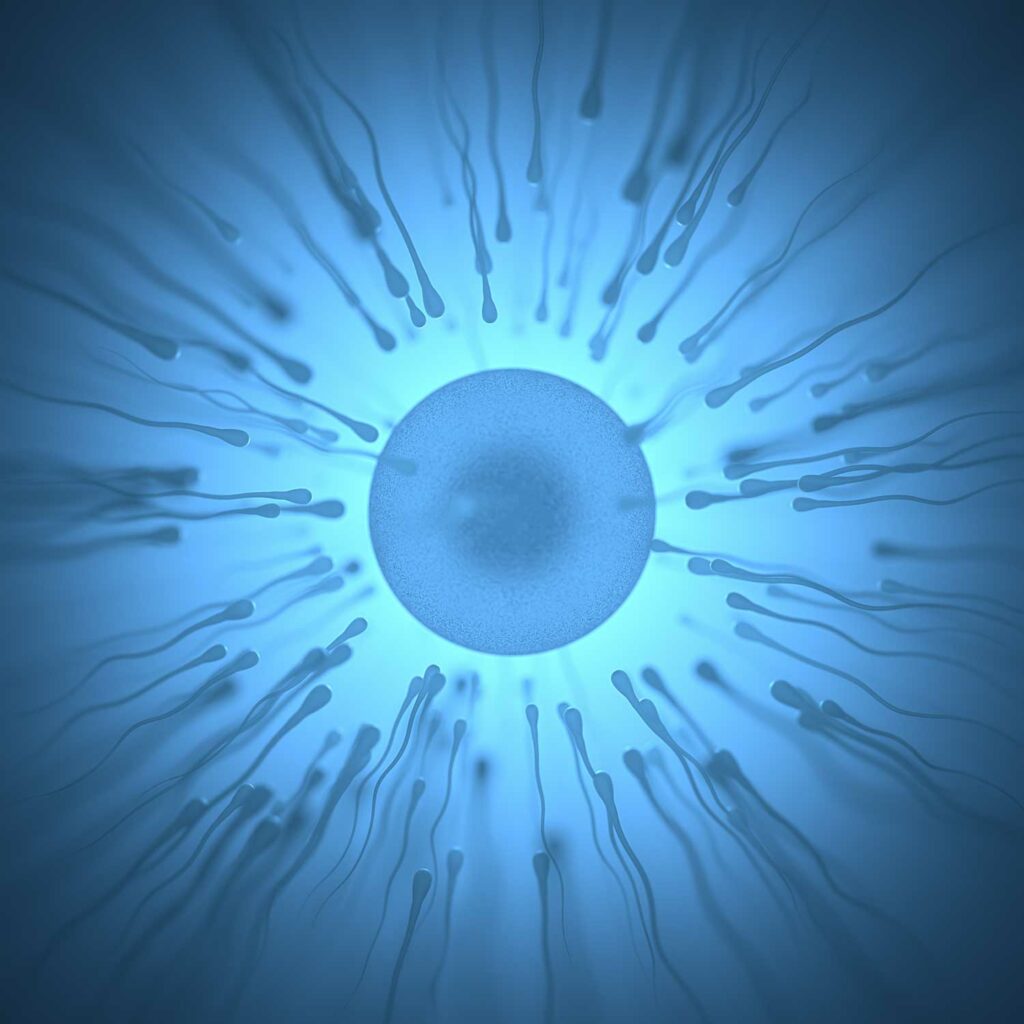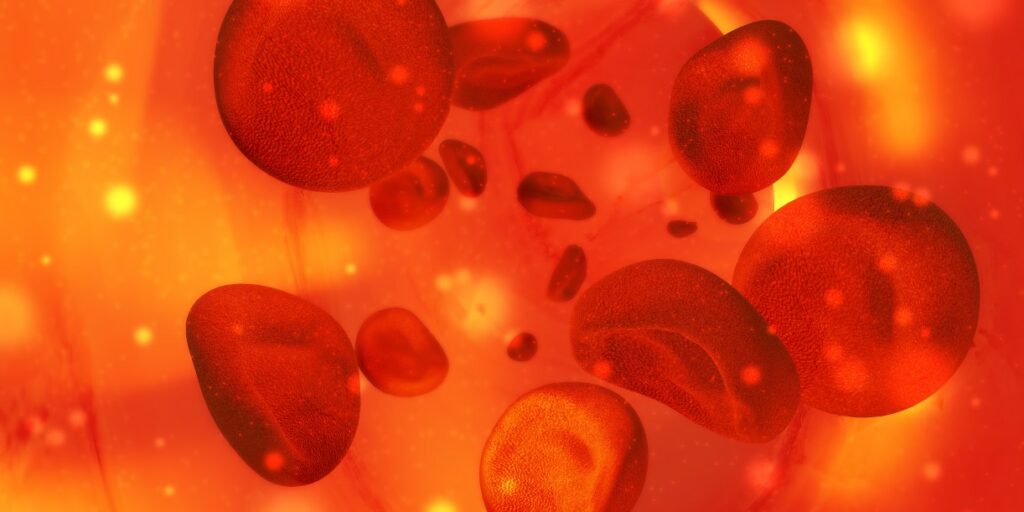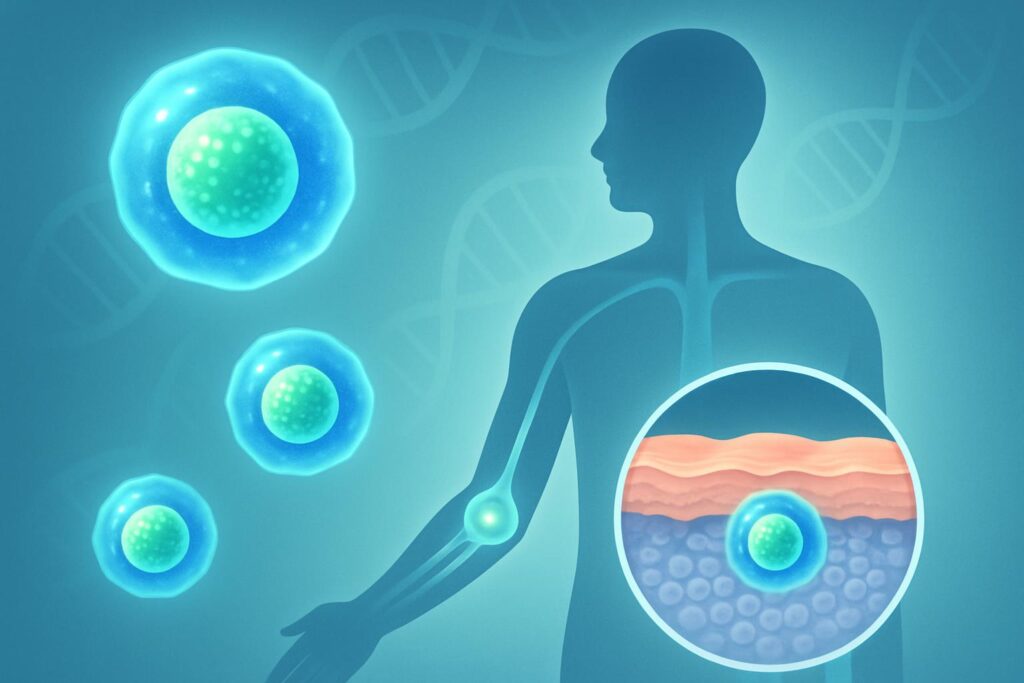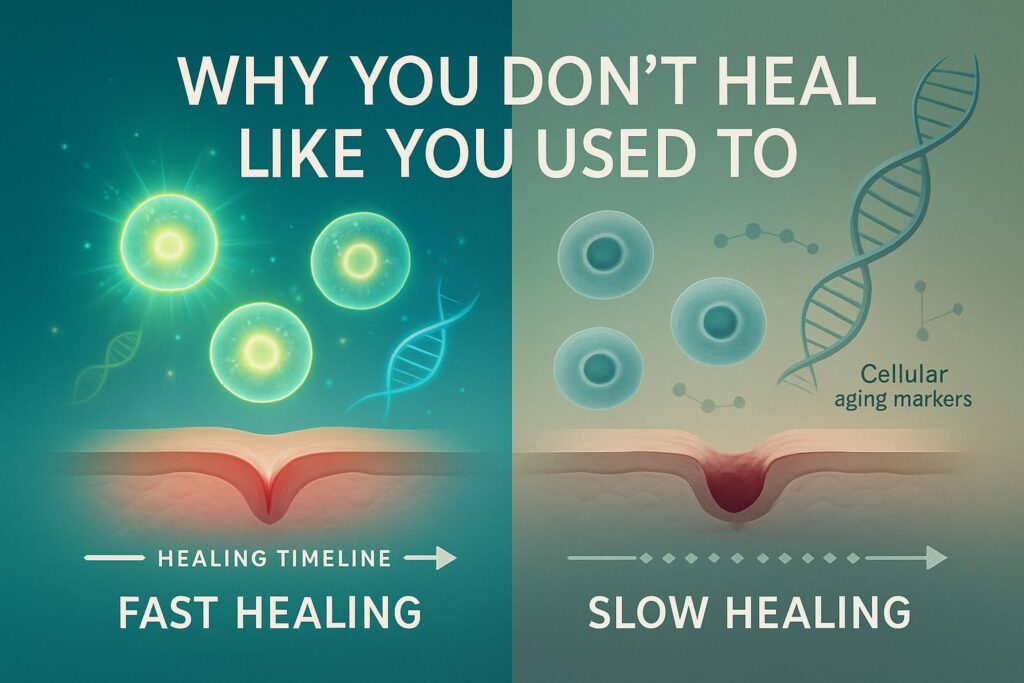Have you ever wondered how cells become specialized? How does a neuron or a muscle cell have the structure and function they have? I mean, can you imagine if they had to switch jobs for a day? That…wouldn’t go so well. They’re so specialized for the function they perform. Well this video is going to talk about how cells differentiate into other cells, which basically means, how cells become specialized.
Remember that many multicellular organisms like a plant…or you…well these organisms come from a fertilized egg cell. So as a human, you started as a fertilized egg, otherwise known as a zygote.
Well that zygote divides to make more cells. And more cells. Oh look, it’s a morula. And more cells. Oh look, it’s a blastocyst now.
You know, the problem is…if the cells just keep dividing, that makes identical cells. Well that’s great for growth…and so dividing is definitely going to happen. But that’s not going to result in different specialized cells with different specialized functions because this cell division makes identical cells. There’s something else that will be happening for that. So let’s look at that in a bit of detail.
We’re going to pause in this blastocyst stage. This blastocyst contains stem cells. And these stem cells are amazing. See, they’re not differentiated yet. They’re not specialized.
They are like blank slates. They don’t have a special structure. They don’t have any special job. They can become any type of body cell. Now a reminder about body cells in your body. They all—- with a few exceptions—contain all of your DNA. So neurons and muscle cells in your body don’t have different DNA; they USE different parts of the DNA. Genes are regulated which means they can be turned on and…off. That’s important to understand because that’s a big part of how these stem cells are going to specialize.
Stem cells will activate certain areas of the DNA in their process of differentiating into certain types of cells.
Transcription factors are major key players here. They’re typically—but not always—proteins and they determine which areas of the DNA code will get transcribed into mRNA, which then can eventually be used to make specific proteins that can impact what a cell will look like and what a cell will do. That means transcription factors have a major role in determining which genes are expressed in a cell because a cell that is going to become a skin cell is going to have different areas of genes expressed then a cell that is going to be a …stomach cell.
There are internal and external cues for stem cells which can involve these transcription factors. Examples?

An example of an internal cue could be transcription factors present in the cytoplasm of the original starting zygote cell—which will eventually be present in the cells that originate from it. The specific location of the stem cell within the developing embryo can matter, because the transcription factors available in different areas of the developing embryo can differ in quantity and type, which could impact what a stem cell differentiates into.
External cues could involve cell signaling from other cells next to it…or external cues can even be environmental effects like temperature. There’s still a lot of research in this area, and we can’t wait to see what scientists discover about this in the next decade. So stem cells are the unspecialized, undifferentiated cells that can become other cells in your body. But not all stem cells are found in a developing embryo. Stem cells can also be found in your body as well like your muscle, skin, liver, or bone marrow just to name a few.
These are often called somatic stem cells. To give some relevance to this: it’s likely you have heard of bone marrow transplants before. Well bone marrow transplants actually involve transplanting a portion of healthy bone marrow—which does contain bone marrow stem cells—with the idea that those donor stem cells can help regenerate different types of blood cells since bone marrow is like…a blood cell making machine.

It contains stem cells that differentiate into different types of blood cells. Many—but not all— of the somatic stem cells that are found in your body are considered to be multipotent. That means they can become many types of body cells but not as many as the embryonic stem cells. So, after talking about these stem cells, why the heavy focus on these stem cells right now in research? Well one reason—of many—is that these cells have the ability to differentiate into other cells and therefore they could be used to helped regenerate organs or tissues that are damaged from a disease or an accident.
There are two important issues to consider, however. One is the ethical issue, especially if considering embryonic stems cells. The ethical issue is significant because the extraction of embryonic stem cells results in the demise of the embryo. A point consistently debated is the potential benefits offered in stem cell research versus the onset of personhood of human embryos. A second issue is that organ or tissue developed from stem cells that didn’t come from that person will carry the risk of organ or tissue rejection, as you can get in donated organs or tissue.
But here’s something promising. Some research shows that somatic stem cells from your OWN body may actually be able to develop into more types of cells than what people first thought. In fact, it was discovered that some somatic stem cells can be induced to go back into a pluripotent state…they’re what we call induced pluripotent stem cells (iPS). That means a person’s own stem cells potentially could then be induced into a pluripotent state…with the potential that they could differentiate into tissues or organs that the person may need. Theoretically, this could be an alternative to waiting for an organ or tissue donor- as well as decrease chances for organ/tissue rejection since the organ or tissue would have originated from the person’s own cells.
*** All content on NationalStemCellTherapy.com is for informational purposes only. All medical questions and concerns should always be consulted with your licensed healthcare provider.



